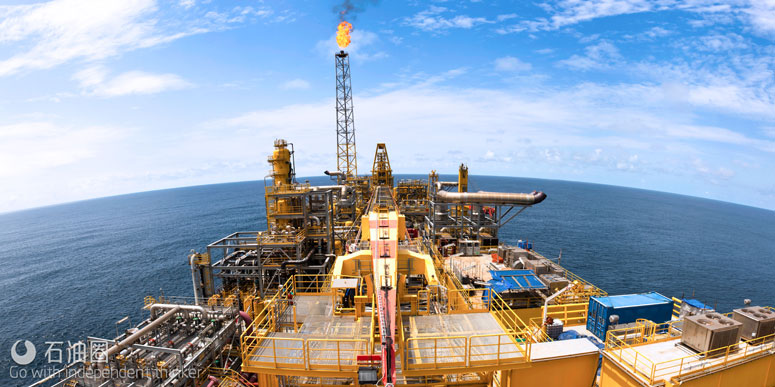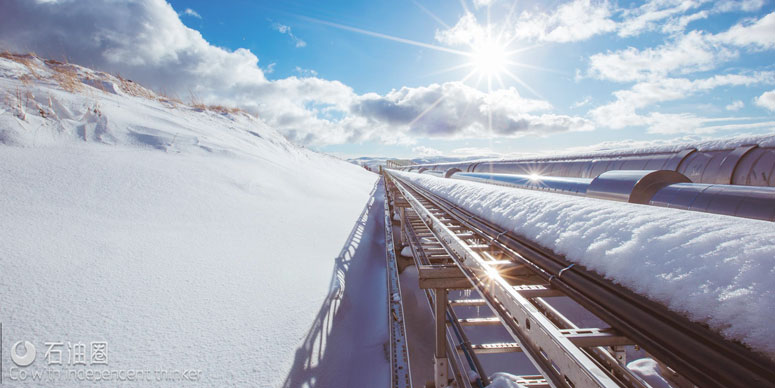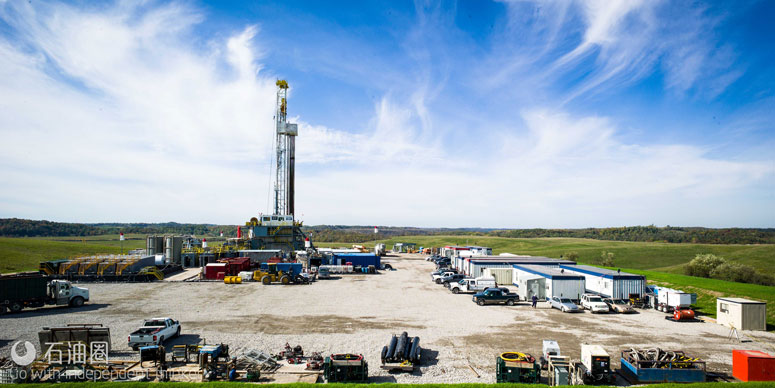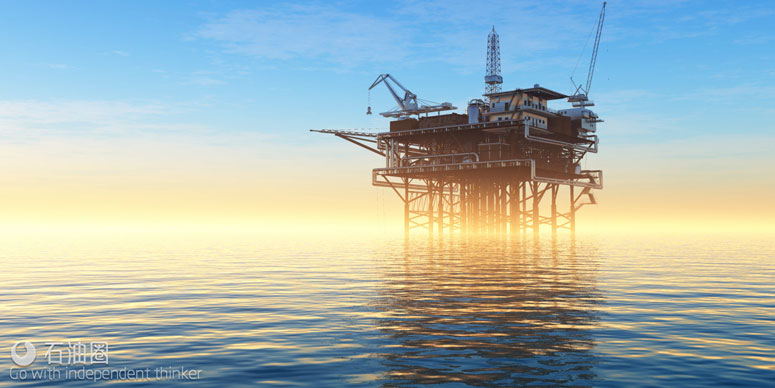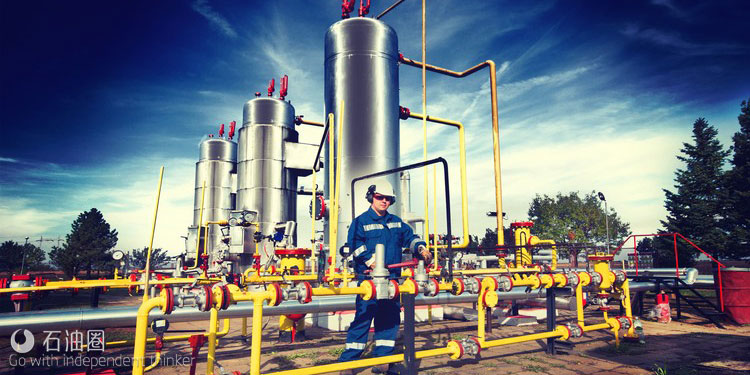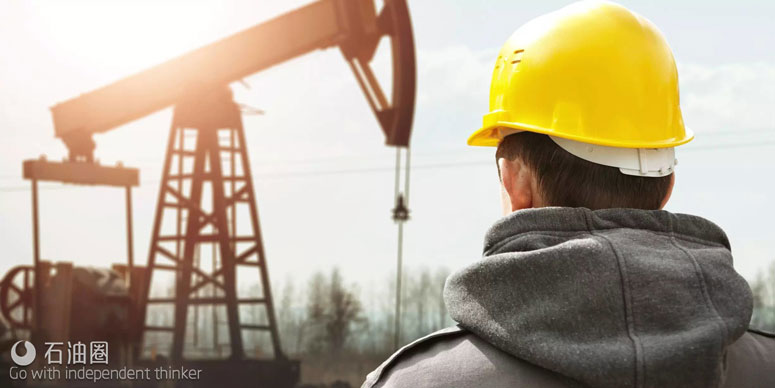ITE reported this week on the following projects for 2017. Do some research and perhaps there may be an opportunity there for you
2016 was another interesting year for the oil and gas industry, with oil prices gradually stabilising and major producers reacting in different ways. Despite more budget cuts in the past 12 months, there is still significant investment in large scale developments worldwide.
Here are seven projects to monitor in 2017 and beyond.
1.Turkish Stream – Russia to Turkey
• Cost: $15.1 billion (estimated)
• Timeframe: 2017 – 2019 (first phase)
After years of development, followed by a period of political uncertainty, Russia and Turkey have finally re-agreed to push ahead with the Turkish Stream pipeline. The decision was reached at 2016’s World Energy Conference (WEC) in Istanbul. 909 kilometres of new pipeline will travel beneath the Black Sea, linked to 177 miles of onshore pipes, transporting gas from Russia via Turkey to Europe.
The project, which has been in the planning stages since 2014, is expected to reach deliverability of 63 billion cubic metres of natural gas annually once operational. Gazprom expects total costs on the project to reach $15.1 billion.Alexi Miller, Gazprom’s chairman, stated the first phase of undersea pipe laying could be completed as early as 2019. Gazprom will be working alongside Turkey’s BOTAS to complete the project. BP’s CEO Bob Dudley, speaking at the WEC, also expressed his eagerness to get involved with the Turkish Stream, citing the pleasing results of BP’s involvement on another Turkish-involved project – TANAP, the Trans Anatolian Natural Gas Pipeline.
2.Egina Field development – Nigeria
• Cost: $16 billion
• Timeframe: 2014-2018 (first oil production)
Oil has already provided a huge boost to Nigeria, propelling it to the status of Africa’s biggest economy. Total has been developing an ultra-deep offshore operation in the Egina oilfield, 130 km off Nigeria’s coast, in a development that could substantially increase Nigeria’s oil revenues and production output.
The Egina Field has been in development since December 2014, when the first deep sea drilling efforts began. Total will ship a Floating Production Storage Offloading (FPSO) vessel to Egina Field in April 2017 – and the first barrels of oil could be produced by the end of that year.
Once production hits full tilt, Total expects peak capacity to be around 200,000 barrels per day. Total has been operating in Nigeria for over fifty years, setting record production levels in 2012 of 279,000 bpd. Egina alone could nearly double Total’s Nigerian output and could establish the French company as the region’s pre-eminent oil producer.
3.Tengiz Field Expansion – Kazakhstan
• Cost: $36.8 billion
• Timeframe: 2017-2022
Chevron affiliate Tengizchevroil has stated it will begin expansion of its Tengiz Field operations in 2017, under the auspices of the firm’s Future Growth and Wellhead Pressure Management Project. Costs for the project, slated to start in 2017, could reach $36.8 billion.
Tengiz is already the world’s sixth largest oil field, with approximately 25 billion barrels originally in place at the site. In 2003, the site was responsible for one third of Kazakhstan’s daily production output. Successive expansion initiatives, the last in 2008, have pushed daily production levels to over 500,000 barrels per day (bpd). 850,000 bpd is Chevron’s post-expansion goal.
The first oil production is expected in 2022. The thorniest issue regarding the site, however, is the oil’s routing. Currently, oil from Tengiz Field is primarily routed through Novorossiysk on the Caspian Sea. The Baku-Tbilisi-Ceyhan route has been proposed as an alternative, with another cheaper option being a southern Iranian route. At present, oil flows remain routed through Russia.
4.Leviathan gas field – Israel (Mediterranean Sea)
• Cost: $4 billion
• Timeframe: 2016-2019 (first gas production)
2010’s discovery of the Leviathan field, 130 kilometres of the coast off Israel, was one of the region’s most significant deep water finds of the decade. A US Geological Survey of the 83,000 square kilometre Leviathan basin revealed substantial reserves: 1.7 billion barrels of oil alongside 3.4 trillion cubic metres of recoverable natural gas. After four initial deep drilling operations halted at a maximum depth of 6,522 metres – and years of legal wrangling – the field saw production development begin in earnest in 2016. Leviathan Field, of which Noble Energy holds a 40% stake, is predicted to start production proper in 2019. $4 billion is the total estimated for the development of the field to be successful.
The field’s bountiful natural reserves, and its geographic location, became a bone of contention between Israel and neighbouring Lebanon in 2010. After a UN resolution, it was agreed that the field lay in Israel’s territories, which subsequently led to the large scale operations taking place across the site.
5.Prelude LNG Facility – Western Australia
• Cost: $10-12 billion
• Timeframe: 2017 (first gas production)
In 2017, some 200 kilometres off Australia’s west coast, the largest floating off-shore production facility ever built will begin operations in the Browse LNG Basin. The Prelude LNG Facility is simply gargantuan. Its deck alone is the length of four soccer fields. Prelude’s storage tanks could hold as much liquid as 175 Olympic swimming pools.
Shell are the masterminds behind this huge undertaking, planning to produce 5.3 million tons of liquid and condensate annually via Prelude. According to Shell, the facility could supply Hong Kong with 117% of its annual natural gas needs each year. Prelude LNG will draw gas from the Prelude and Concerto fields.
Shell says this world-first facility will change global offshore operations by reducing costs and eliminating the need for extensive pipelines to onshore LNG processing facilities. However, this kind of technology does not come cheap. Projected top-end costs for the Prelude LNG Facility peak at around $12 billion.
6.Clair Ridge second phase finishes – North Sea
• Cost: $4.5 billion
• Timeframe: 2014-2017
The talk in the North Sea in recent years has been asset sell-offs, margin shrinkages and managed declines, but it is not all bad news for the region – 75 kilometres to the west of the Shetland Islands in the North Sea is the 8.1 billion barrel capacity Clair Ridge field. Here, BP has been putting the finishing touches to its Claire Ridge facility to bump up production levels.
Clair Ridge is already well serviced by a network of undersea pipes, but phase two will see this network extended with options for future seabed tiebacks if necessary. BP is targeting a production capacity of 120,000 barrels per day upon completion.
What is notable about this project is that it will premier BP’s latest advanced oil recovery technology LoSal. LoSal uses water injection to de-salinize surrounding areas, which will substantially improve recovery levels. As many as 40 million extra barrels of oil could be extracted from Clair Ridge at a greater cost effectiveness during the site’s operational life. Clair Ridge is expected to keep producing until 2050.
7.Shah Deniz gas field expansion – Azerbaijan
• Cost: $28 billion
• Timeframe: 2015-2018 (first gas production)
Fitting Azerbaijan’s biggest natural gas field, BP’s Shah Deniz second phase expansion is one of the world’s largest current gas projects. The field itself holds around 100 billion cubic metres of gas, and has been producing since 2007. BP’s $28 billion project will add an additional 26 production wells, 500 kilometres of subsea pipelines and two bridge-linked offshore platforms.
Capacity is set for expansion to around 10.8 billion cubic metres per year, making this a vital project in terms of energy security for both Azerbaijan and Europe. Shah Deniz is part of an extensive network of pipelines, including the South Caucasus, Trans Anatolian and Trans Adriatic Pipelines.
As of the first half of 2016, the project was 77% complete and remains on target for first gas production in 2018.


 石油圈
石油圈